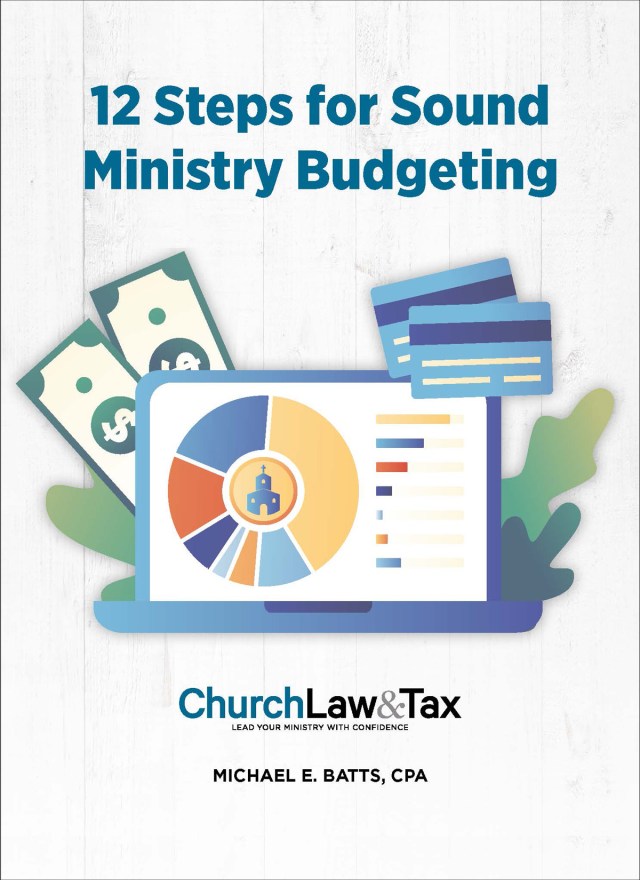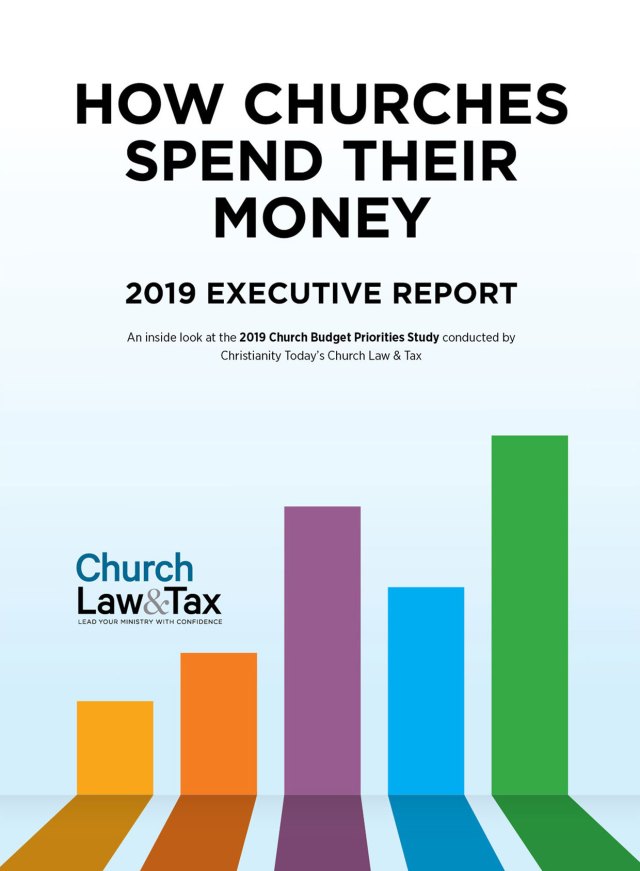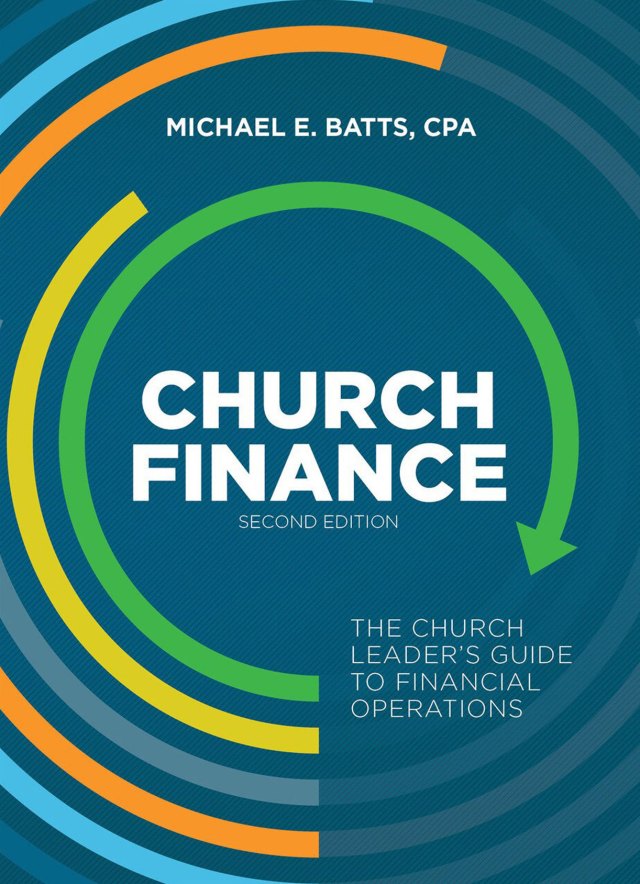Most churches use the traditional calendar year—January 1 to December 31—for their budget years.
But not all churches do.
Some use a fiscal year—often July 1 to June 30—and those that do say it helps ease the administrative burdens that come in December and January. Year-end contributions and church and clergy tax reporting requirements already are on deck at that time of year, so adding in the finalization and approval of the next budget only overloads staffs, leaders, and members even more.
Yet the vast majority of churches use a traditional calendar budget year—71 percent, in fact, according to the “How Churches Spend Their Money,” a survey of more than 2,000 church leaders conducted in 2014 by Christianity Today’s Church Law & Tax Group. Of the remaining 29 percent who use a fiscal year, they’re more likely to be a larger church with a larger budget.
So is one way better than the other?
We asked several church leaders to give the pros and cons of their church’s specific budget year. Several were interviewed during a freeflowing roundtable discussion in 2014 during the 10th annual XP-Seminar, a conference for executive pastors and senior pastors, while others provided input through the church administration discussion board on Yahoo.
Here is what they had to say:
David Fletcher, executive pastor, First Evangelical Free Church of Fullerton (Fullerton, CA): We use a fiscal budget year. I’m in the minority on this one. I love it.
It’s all about work flow. At the end of the calendar year, you need to get out tax forms. You need to conclude any calendar items for any reporting mechanisms you do—if you do a Form 990, or other issues related to tax, or Form 1099s. And so you’re then trying to equalize your work in your accounting department by adding in the budget approval. Now if they can do it, great. But I’m not so sure.
My favorite time to budget, if I actually had my way, would be in early spring so that everybody has their budgets for September. Otherwise they’re budgeting right before Christmas. And I want to know what Christmas giving is before I set next year’s budget, because that can be a really interesting swing. Plus, under a traditional calendar budget year, it can become a disaster for the accounting departments because you won’t even know all your donations until January 10—if you receive a stock gift or mailed-in gifts, for instance.
If we did a calendar year, or we did a calendar year but started the budget process earlier, we would have set our last budget probably $200,000 to $400,000 too low.
Terrence Chavis, chief financial officer, Concord Church (Dallas, Texas): I think the key is not the budget year—it’s when you actually do the budgeting. Our budget season starts in July, and all budgets are due by September 15. That gives me enough time to review and work to make changes before the budget year begins in January. It can be somewhat difficult having people start their budget process in July, since they are forecasting out eighteen months, not just twelve. We are considering the use of mid-year reviews to adjust up or down, because without them, it’s challenging to fund impromptu ideas.
Kent Lawrence, executive pastor, Grace Bible Church (Dallas, Texas): We have a calendar year budget. To avoid the overlap with year-end tasks, we have begun our process in August with the goal of an approved budget by mid-November. Before, we didn’t set next year’s budget until we knew how we ended the year financially. We’d have a preliminary budget in place, but we didn’t finalize it until the elder/deacon meeting in January, which is during the third week of January. Because of this, we operated in limbo, and didn’t have much time to ready it for final approval. Moving the start date of the process should help fix this. In the past we have considered an approved budget as well as a stretch budget that we could enact in July or August if giving was strong. We have not moved toward this because our leaders have always wanted to wait until the end of the year to see how much income we received. I’ve told them, “What’s the point of doing a mid-year review to enact our stretch budget if we need to wait until the end of the year to see how much we have?” It doesn’t really help us. We might be doing great in July, but we don’t know how we’re going to end the year.
Frank O’Neill, executive pastor, Shelter Rock Church (Long Island, New York): Our fiscal year starts October 1, in conjunction with our ministry year launch (which happens in September after the summer break). Therefore, we work back from there and require all ministry planning calendars by the end of April and all budget drafts by the end of May. This allows me to clarify requests from both ministry perspectives as well as engaging our business administrator concerns. Meanwhile, progress updates are reviewed at our monthly elder meetings in preparation for the final presentation for the October approval.
Cathy Pavlock, director of business operations, Memorial Park Church (Allison Park, PA): “I am trying to convince our folks to go from a calendar budget year to a mid-year fiscal year. The end of the calendar year is busy enough with the holidays, giving statements, 1099s, and so on, without also adding your year-end closing and new-year set-up. Also, for many churches, December is your biggest giving month, and you’re holding your breath to see if you make budget or not. If December is in the middle of your fiscal year, you know how you did and can adjust accordingly while there’s still time left. And January/February is a better time to work on budgets for the next year and performance reviews than in September when your program year is beginning. I took a survey of our local (Church Network) chapter, and every church that made the change to a mid-year fiscal year was glad they had done it.”





